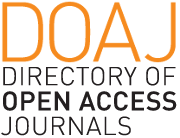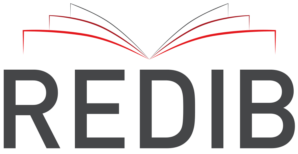Towards an unified computational model of natural language
Abstract
What formalism should be used in order to formalize natural language? That formalism must be able to describe all sequences of natural languages in a right way. Moreover, as long as possible, that formalism must be simple, with a reduced computational cost. This question has triggered a great controversy among the main branches of generative Linguistics: Transformational Grammar and Unification Grammars. The claim of this paper is that, despite discrepancies, these linguistic models formalize natural language by means of the same formal language. This is a well-defined formal language: the context-sensitive language of Noam Chomsky’s hierarchy. So, from the point of view of this paper, nowadays, Linguistics can o↵er an unified computational model of natural language.
Authors who publish with this journal agree to the following terms:
- Authors retain copyright and grant the journal right of first publication with the work simultaneously licensed under a Creative Commons Attribution License that allows others to share the work with an acknowledgement of the work's authorship and initial publication in this journal.
- Authors are able to enter into separate, additional contractual arrangements for the non-exclusive distribution of the journal's published version of the work (e.g., post it to an institutional repository or publish it in a book), with an acknowledgement of its initial publication in this journal.
- Authors are permitted and encouraged to post their work online (e.g., in institutional repositories or on their website) prior to and during the submission process, as it can lead to productive exchanges, as well as earlier and greater citation of published work (See The Effect of Open Access).













